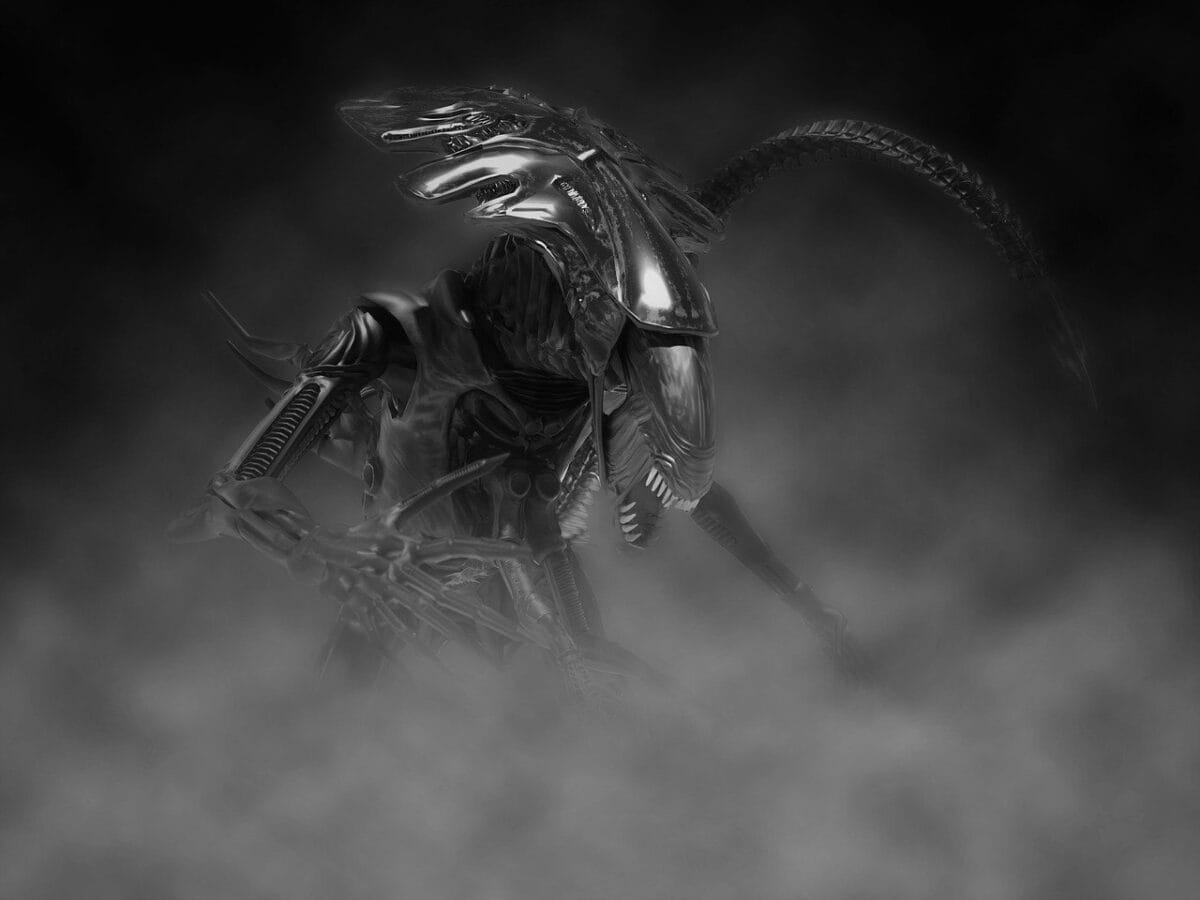From the depths of our oceans to the canopies of rainforests, Earth’s diverse animal kingdom has long served as a wellspring of inspiration for science fiction creators. The alien creatures that populate distant planets, the biomechanical monstrosities that threaten humanity, and even the lovable sidekicks in space operas often bear striking resemblances to the extraordinary animals that share our planet. This fascinating intersection of natural biology and imaginative speculation has shaped countless sci-fi worlds across literature, film, television, and gaming. By examining how real-life animals influence science fiction, we gain insight into both the creative process behind worldbuilding and the remarkable adaptations that have evolved on our own planet.
The Evolutionary Blueprint: Convergent Design in Nature and Fiction
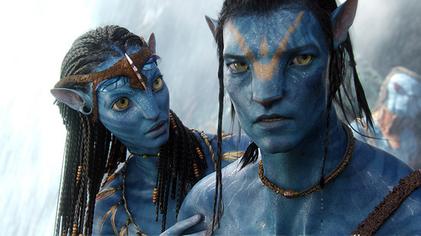
Science fiction creators frequently rely on evolutionary principles to develop believable alien creatures. Convergent evolution—where organisms independently evolve similar traits in response to similar environmental pressures—provides a scientific foundation for imagining life forms on other worlds. For instance, the streamlined shape of aquatic creatures has emerged repeatedly on Earth: fish, dolphins, ichthyosaurs, and penguins all developed comparable body forms despite different ancestries. This principle allows sci-fi artists to create alien creatures that, while exotic, still feel biologically plausible because they follow natural design principles. James Cameron’s “Avatar” (2009) exemplifies this approach, with Pandora’s hexapodal fauna reflecting evolutionary adaptations similar to Earth animals while maintaining alien distinctiveness through features like six limbs and neural connection tendrils.
Deep Sea Inspirations: From Abyssal Creatures to Alien Horrors
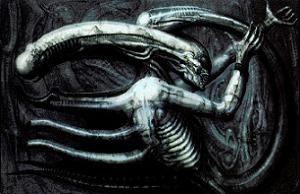
The mysterious depths of Earth’s oceans house some of the most alien-looking creatures on our planet, making them perfect inspiration for sci-fi monsters. H.R. Giger’s iconic design for the Xenomorph in “Alien” (1979) drew partial inspiration from deep-sea creatures like the goblin shark, with its extendable jaw mechanism mirrored in the Xenomorph’s terrifying inner mouth. Similarly, the bioluminescent properties of deep-sea jellyfish and anglerfish influenced the ethereal, glowing environments in movies like “The Abyss” (1989) and “Avatar.” The bizarre anatomies of abyssal creatures like the gulper eel, with its disproportionately large mouth, or the glass squid, with its transparent body, demonstrate that reality often exceeds imagination in producing otherworldly designs. Even the hive-mind behavior of certain marine organisms has inspired collective alien consciousnesses in works like “Star Trek’s” Borg or the Formics in “Ender’s Game.”
Insects and Arthropods: The Original Aliens Among Us

With their exoskeletons, compound eyes, metamorphic life cycles, and sometimes unsettling behaviors, insects and arthropods have been foundational in shaping depictions of alien life. The insectoid Arachnids in “Starship Troopers” draw clear inspiration from ants and termites, with hierarchical colonies and specialized castes including worker and warrior forms. District 9’s “prawns” combine crustacean and insect features to create sympathetic but alien refugees. The Buggers/Formics in Orson Scott Card’s “Ender’s Game” series mirror social insects with their hive mind structure centered around a queen. Beyond their physical characteristics, insects’ social organizations—particularly the eusocial structures of ants, bees, and termites—have influenced countless depictions of collective alien societies. Their alien appearance, despite evolving on Earth, demonstrates why arthropod anatomy has become shorthand for “otherworldly” in visual sci-fi media.
Reptilian Influences: From Dinosaurs to Dragon-like Aliens
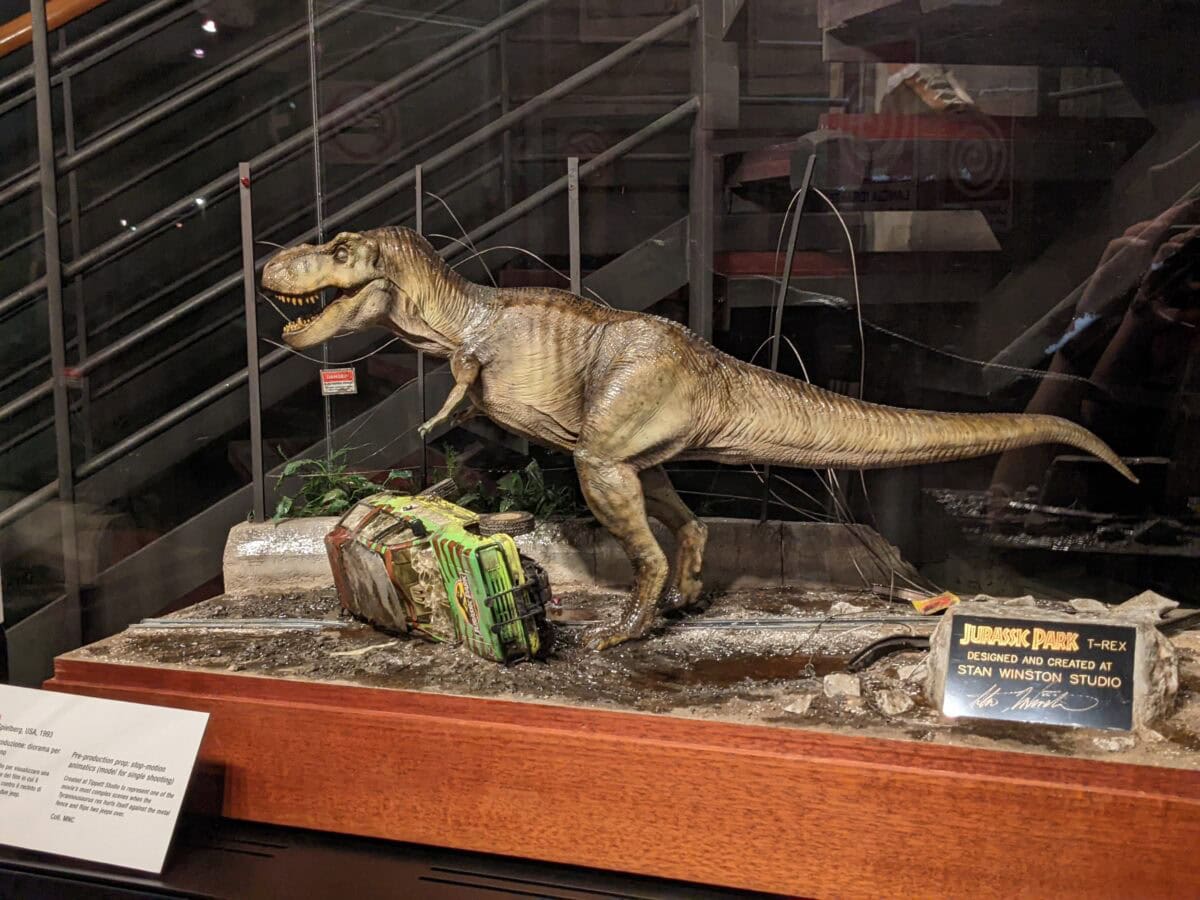
Reptiles and their prehistoric relatives have shaped sci-fi creature design tremendously, with dinosaurs being particularly influential. The Gorn from “Star Trek” exemplifies the humanoid reptilian trope common in science fiction, while the Yautja (Predator species) incorporates reptilian textures and morphology into their design. The terrifying Xenomorphs from the “Alien” franchise combine insect and reptilian characteristics, including their elongated skull structure reminiscent of certain dinosaur species. Jurassic Park, while technically science fiction rather than pure fantasy, used paleontological knowledge (as it existed in the early 1990s) to bring dinosaurs to life, though we now know many therapods likely had feathers rather than scales. The imposing nature of large reptiles, their perceived “ancient” quality, and features like scales, crests, and frills make them perfect templates for threatening alien species that feel both primitive and advanced simultaneously.
Camouflage and Adaptation: Nature’s Stealth Technology
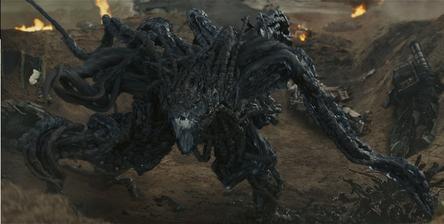
The remarkable camouflage abilities of Earth’s animals have directly inspired fictional cloaking technologies and adaptive creatures. The Predator’s advanced cloaking technology mirrors the active camouflage of cephalopods like octopuses and cuttlefish, which can change their skin color and texture almost instantaneously to match their surroundings. The chameleon’s ability to change colors (though more for communication than camouflage) has been amplified in sci-fi creations like the shapeshifting aliens in “The Thing” or the Mimics from “Edge of Tomorrow.” Leaf insects and stick insects, master camouflagers that physically resemble their environments, have inspired creatures that can visually integrate with their surroundings. These natural camouflage abilities, when technologically enhanced in science fiction, create formidable advantages for alien species. James Cameron’s “Avatar” features various creatures with bioluminescence and disruptive coloration patterns that reflect real evolutionary adaptations found in forest and deep-sea environments on Earth.
Mammalian Familiarity: Creating Relatable Aliens
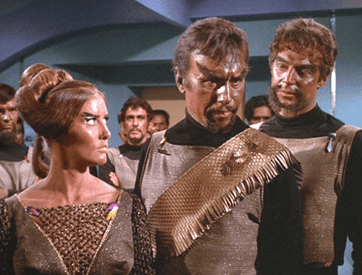
When science fiction aims to create aliens that audiences can empathize with, mammalian features often dominate the design. The Wookiees from Star Wars, with their upright posture, expressive faces, and fur, clearly draw from bears and primates while remaining distinctly alien. Mammals like dolphins and whales inspired the communicative abilities and intelligence of aquatic alien species in various works, including the Cetaceans in David Brin’s “Uplift” series. Even the fearsome Klingons from Star Trek maintain fundamentally mammalian characteristics beneath their ridged foreheads and warrior culture. This mammalian foundation makes these aliens more relatable to human viewers while still allowing for exotic differences. Yoda’s large eyes and small stature leverage the human instinct to find “baby-like” features endearing, demonstrating how understanding mammalian recognition patterns helps creators design aliens that evoke specific emotional responses from audiences.
Extremophiles: Lessons for Life in Hostile Environments
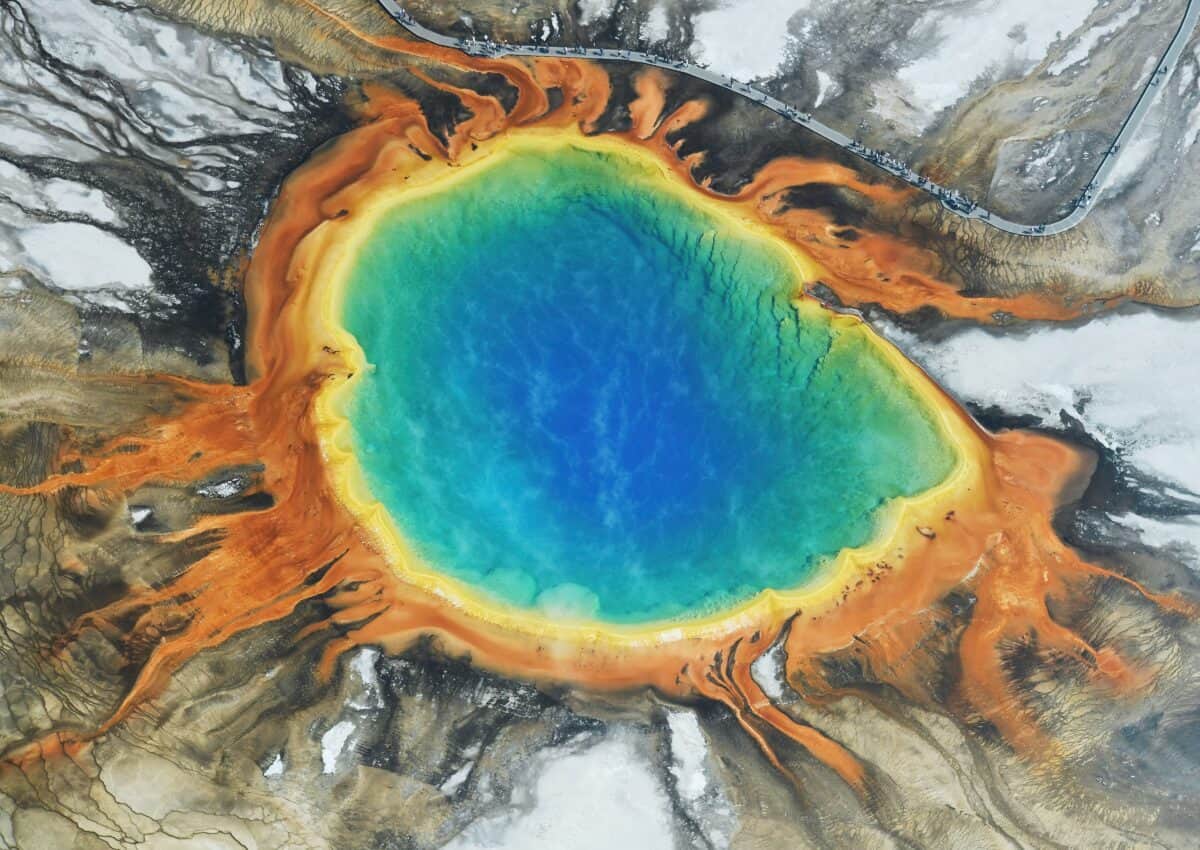
Earth’s extremophiles—organisms that thrive in conditions once thought incompatible with life—have revolutionized how science fiction imagines alien biology. Tardigrades (water bears), which can survive radiation, complete dehydration, extreme pressure, and the vacuum of space, have inspired virtually indestructible alien life forms in various science fiction narratives. Thermophilic bacteria living in near-boiling hydrothermal vents suggest possibilities for life on seemingly inhospitable planets like Venus. The chemical processes of chemoautotrophs, which derive energy from inorganic compounds rather than sunlight, have informed depictions of alien ecosystems in works like Arthur C. Clarke’s “2010: Odyssey Two” with its hypothetical life in Jupiter’s atmosphere. The discovery of radiotrophic fungi that can use radiation as an energy source has led to speculative fiction about life forms that might flourish in radiation-heavy environments deadly to humans. By studying Earth’s extremophiles, science fiction creators can speculate on truly alien biochemistries that remain scientifically plausible.
Symbiotic Relationships: From Parasites to Partnerships

The complex symbiotic relationships observed in nature—mutualism, commensalism, and parasitism—provide rich templates for alien biology and culture in science fiction. The parasitoid life cycle of certain wasps, which lay eggs inside living hosts, directly inspired the chest-bursting reproduction of Xenomorphs in “Alien.” The mind-controlling abilities of parasites like Ophiocordyceps unilateralis (the “zombie ant fungus”) or Toxoplasma gondii inform fictional parasites that alter host behavior, such as the Goa’uld from “Stargate SG-1” or the neural parasites in various “Star Trek” episodes. Mutualistic relationships like those between cleaner fish and their larger clients have influenced depictions of symbiotic alien species who cooperate for mutual benefit. The Trill in “Star Trek: Deep Space Nine” represent a complex symbiotic relationship that confers benefits and challenges to both organisms. These natural relationships provide models for how different species might coexist and interact across the universe in ways that go beyond simple predator-prey dynamics.
Swarm Intelligence and Collective Organisms
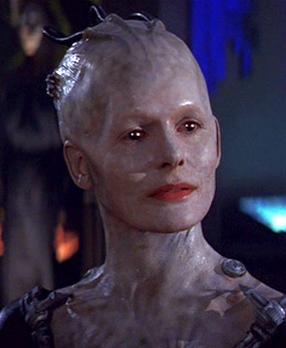
The fascinating phenomena of swarm intelligence and colonial organisms on Earth have shaped depictions of collective alien consciousness throughout science fiction. Ant colonies, with their decentralized decision-making and emergent intelligence, inspired the unified Formics/Buggers in “Ender’s Game” and many other hive-mind species. The Portuguese Man o’ War, which appears to be a single organism but is actually a colony of specialized polyps working together, inspired colonial organisms in science fiction like the Tines in Vernor Vinge’s “A Fire Upon the Deep.” The coordinated movements of starling murmurations or fish schools have influenced visual representations of swarm-based alien species, particularly in films and television. These natural examples of collective behavior provide models for alien intelligence that functions fundamentally differently from individual consciousness, allowing science fiction to explore truly foreign modes of existence and cognition. The Borg from “Star Trek,” with their collective consciousness and specialized drones, perhaps most famously represent this concept of a technologically-enabled hive mind that mirrors biological swarm intelligence.
Incredible Abilities: When Natural Becomes Supernatural
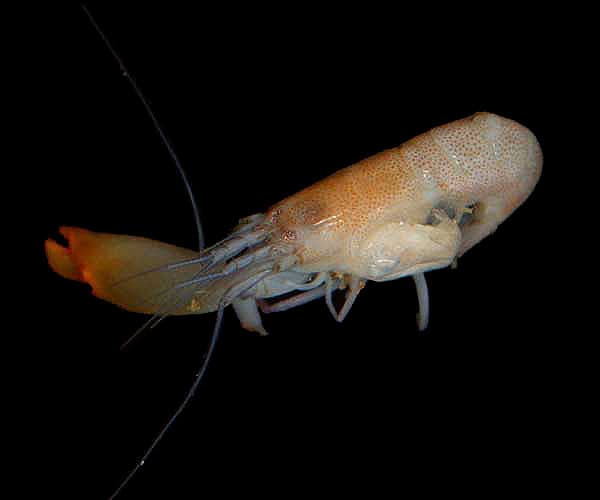
Many abilities that seem like science fiction superpowers actually exist in modified forms throughout the animal kingdom, providing inspiration for enhanced alien capabilities. The electric eel’s ability to generate powerful electrical discharges has influenced depictions of bioelectrical aliens in numerous works. The mantis shrimp’s extraordinary vision—encompassing many more color channels than human vision—has inspired aliens with enhanced perceptual abilities in works like Peter Watts’ “Blindsight.” The echolocation abilities of bats and dolphins appear in enhanced form in alien species that navigate by sound or other wave emissions. Pistol shrimp, which can create cavitation bubbles that momentarily reach temperatures approaching those on the sun’s surface, demonstrate that even seemingly “energy weapon” capabilities have biological precedents on Earth. By amplifying these real biological abilities, science fiction creators can develop alien species with extraordinary powers that nevertheless maintain a connection to evolutionary plausibility.
Hybrid Creatures: Mixing and Matching Natural Templates
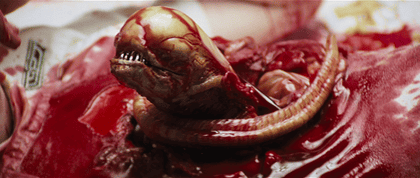
Science fiction often creates compelling alien designs by combining features from multiple Earth animals—a practice that mirrors evolutionary convergence while creating visually striking creatures. The Xenomorph from “Alien” combines insect, reptilian, and skeletal human elements into a cohesive, terrifying whole. Star Wars’ diverse alien menagerie frequently employs this technique, with creatures like the tauntaun (combining lizard, kangaroo, and ram features) or the dewback (a reptilian-mammalian hybrid). James Cameron’s Pandora in “Avatar” features creatures like the thanator, which combines elements of big cats, reptiles, and arthropods. This hybridization approach allows creators to develop creatures that feel alien yet biologically coherent, as they follow evolutionary design principles while mixing features in ways not seen on Earth. By understanding which animal features communicate specific traits to audiences—such as feline grace, insectoid alienness, or reptilian threat—designers can create hybrid creatures that evoke precise emotional and intellectual responses.
The relationship between Earth’s biodiversity and science fiction’s imagined worlds represents a fascinating dialogue between reality and speculation. By drawing inspiration from evolutionary adaptations, anatomical solutions, and ecological relationships found in nature, science fiction creators can develop alien worlds and creatures that feel both foreign and plausible. This process not only enriches our fictional universes but also deepens our appreciation for the extraordinary diversity of life on our own planet. As we continue to discover new species and better understand existing ones, science fiction will undoubtedly incorporate these findings into even more creative and scientifically informed portrayals of extraterrestrial life. Perhaps most importantly, this creative cross-pollination reminds us that even as we look to the stars for new frontiers, some of the most alien and inspiring creatures already exist in the oceans, forests, and microscopic worlds of our own planet—waiting to inspire the next generation of science fiction.
- How Climate Change Is Pushing Sharks Closer to US Beaches - August 16, 2025
- 12 Birds Known for Their Unique Songs and Calls - August 16, 2025
- Animal Moms That Go Above and Beyond for Their Young - August 16, 2025

